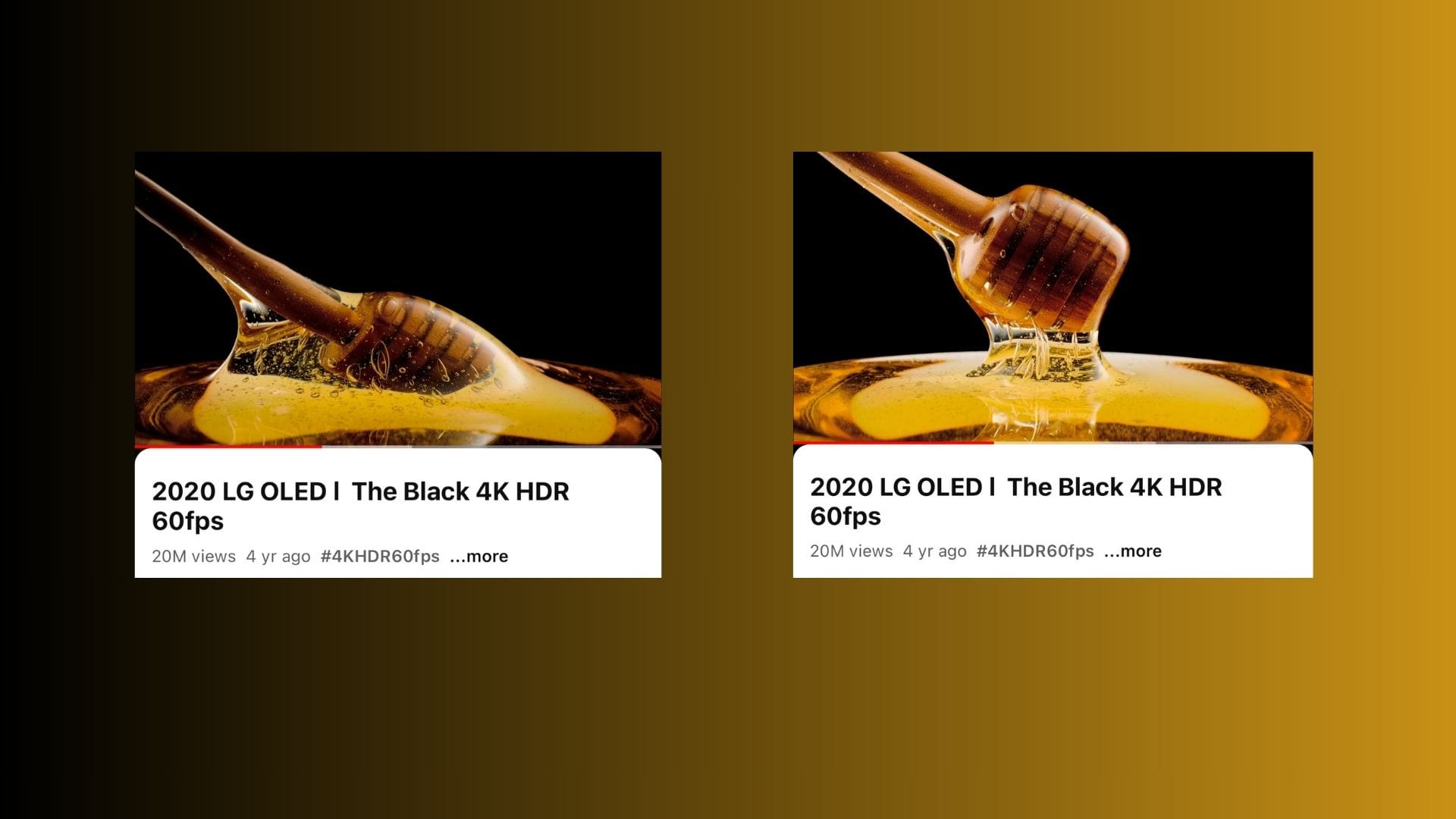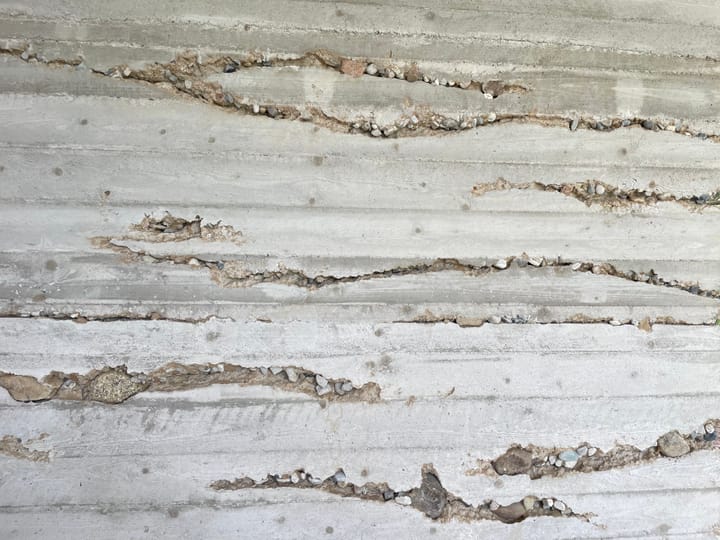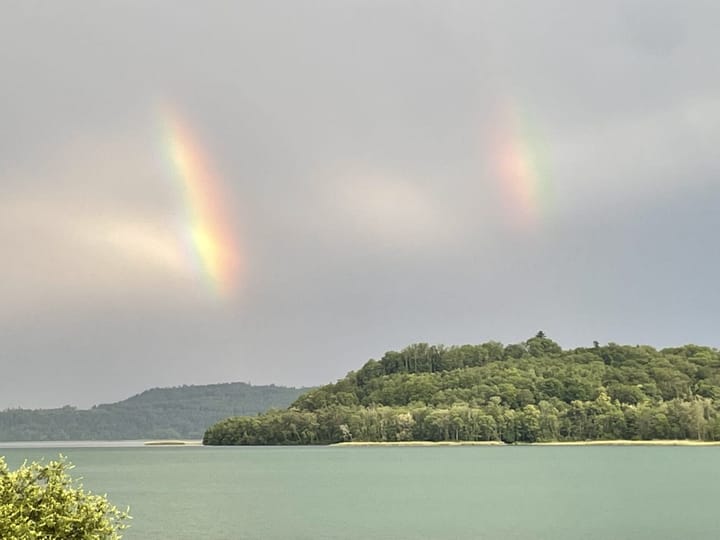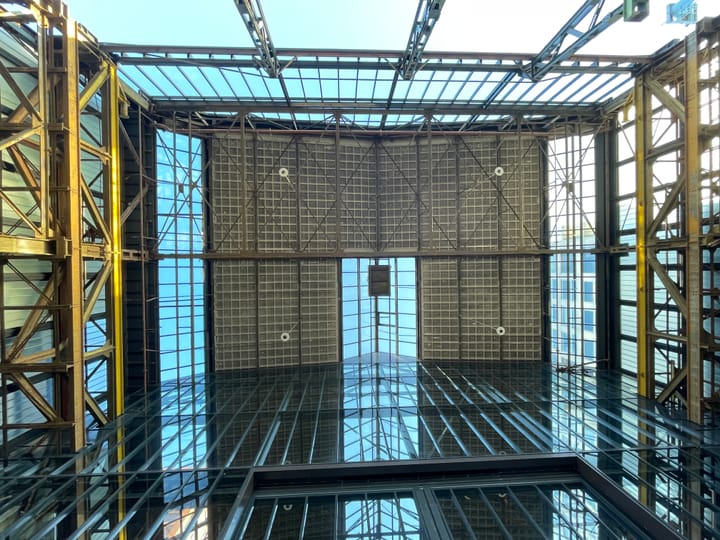HDR: A Technology and a Format
Explore HDR's potential in content creation and consumption. Understand its dual role as technology and format to enhance your photos and videos across platforms.

As web professionals, staying on the cutting edge of technology is crucial to enhancing both our content production and consumption. One such advancement is High Dynamic Range (HDR) technology, which has been making waves in photography and videography.
But what exactly is HDR, and how can we leverage it to our advantage? Let's dive into the dual nature of HDR as both a technology and a format.
HDR as a Technology
HDR technology is designed to capture a broader range of light and dark areas in an image, resulting in more realistic and visually appealing photos. This process involves taking multiple shots at different exposure levels and merging them to create a single image with enhanced detail in both the shadows and highlights. This method ensures that no part of the image is too dark or too bright, providing a balanced and rich visual experience.
For web professionals, understanding HDR technology can be a game-changer. When creating content, HDR allows for higher quality images that can significantly improve user engagement. HDR photos can showcase products, landscapes, or any subject matter with a level of detail and vibrancy that standard dynamic range (SDR) photos cannot match.

HDR as a Format
HDR is not just a technology; it is also a format that defines how images and videos are stored and displayed. Formats like HEIC (High Efficiency Image Coding), which Apple uses for photos on iPhones, support HDR content. This format allows for efficient storage while maintaining high-quality visuals.
When publishing HDR content on the web, it's essential to consider the compatibility of different formats. For instance, platforms like Instagram may not fully support HDR content, leading to a loss of quality when HDR photos are uploaded.
Understanding how different platforms handle HDR can help web professionals make informed decisions about where and how to publish their content to maintain the highest quality.
Practical Application for Web Professionals
To leverage HDR effectively, web professionals should consider both the creation and distribution aspects:
- Content Creation: Use HDR technology to capture photos and videos. Modern smartphones and cameras often have built-in HDR capabilities. For example, when you take an HDR photo on an iPhone, the device captures multiple exposures and combines them to create a single HDR image stored in the HEIC format.
- Content Distribution: When publishing HDR content online, ensure compatibility with the platform and devices. If a platform like Instagram does not support HDR fully, consider alternative ways to share your content, such as embedding HDR images on your website or using platforms that support HDR.
- Technical Knowledge: Familiarize yourself with the technical aspects of HDR formats and metadata. This knowledge will help you optimize your images for different platforms and ensure the best possible quality for your audience.
- Testing and Adaptation: Test your HDR content across various devices and browsers. Not all browsers fully support HDR, so providing fallback options in SDR can ensure a consistent experience for all users.
HDR from a Consumer Perspective
As consumers, we can sometimes be caught off guard by the super-bright HDR reels on platforms like Instagram, especially when viewing them in low-light conditions.

This can be quite jarring, disrupting a calming experience. To mitigate this, it’s possible to disable HDR photo and video playback on Instagram for iPhones. For detailed steps on how to do this, refer to this article on Another Apple.
It was exactly the sort of information I needed to lay this new piece of the puzzle.




